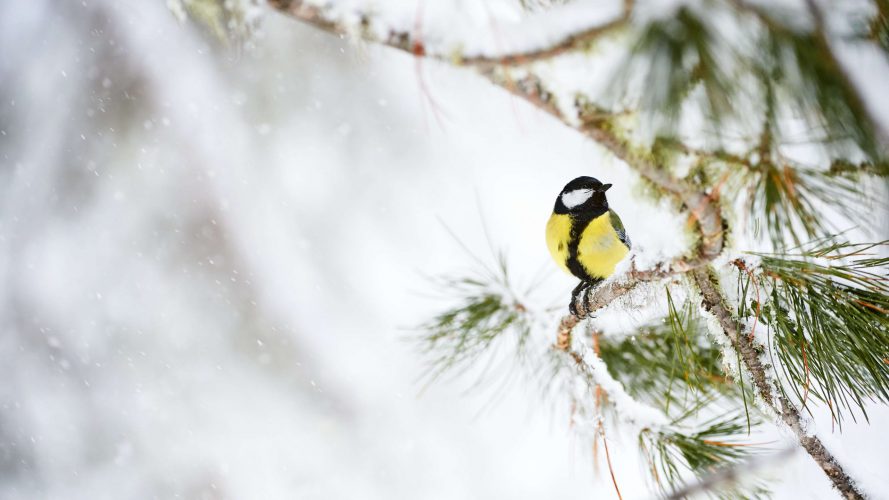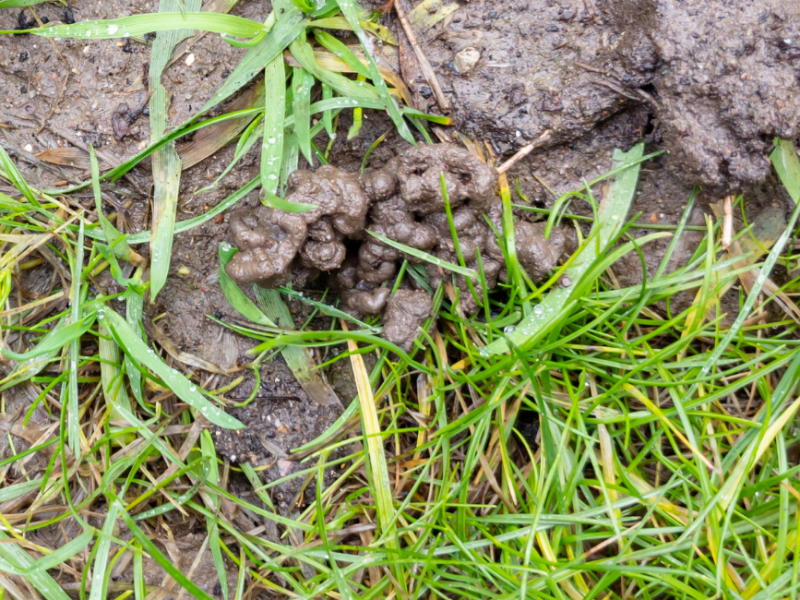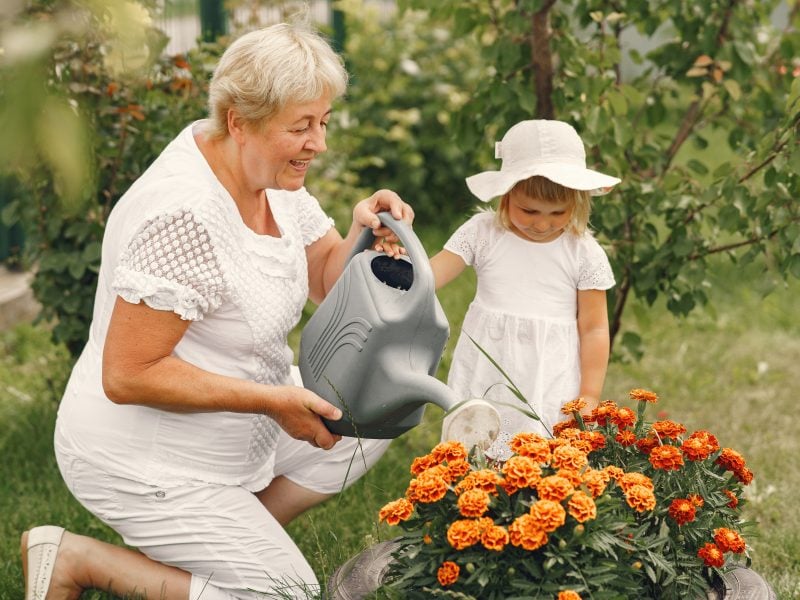There are plenty of jobs to do around your garden in January. Check out our list below to ensure that your garden is healthy, looks great, and is ready for when spring finally arrives!
Lawn Care
Your lawn will be dormant at this time of year, so there’s no need to cut or trim the grass. In fact, once it’s had its winter lawn care treatment, it’s best left to its own devices.
It can be a good idea to avoid walking on your lawn too much when it’s frosty, as this can damage the grass. It can’t repair itself as easily in January when it’s not actively growing as it can in the summer.
Fruits and Vegetables
Pruning – It’s the perfect time to prune your apple and pear trees, as well as fruit bushes such as blackcurrants, gooseberries and redcurrants.
Rhubarb – It’s just about time to force your rhubarb which allows you to get an earlier crop. Cover the crown with a large upturned forcing pot or bucket to block out the light. The stems will grow to the top of the container and then are ready for harvesting — it usually means that can be harvested in around eight weeks times (three weeks earlier than normal!).
Plan – Use this time to plan your crop rotation system. This helps you to grow the next season’s vegetables in the best place, ensuring the soil stays full of the correct nutrients for each plant.
Leeks & Parsnips – Continue to harvest leeks and parsnips in January.
Potatoes – January is a great time to start sprouting (chitting) potatoes. Use an egg box to stand the potatoes in a bright, frost-free place. You could even start some potatoes growing under cover in containers to get an early crop. Try Charlotte potatoes, which have a great variety for early growing.
Flowers
January isn’t well known for its abundance of flowers and colour, but there are still jobs to do in January to ensure your flowers look great when they bloom in the spring and summer. And if you’re tired of the same brown tones, there are a few plants you can grow in January to bring a bit of winter interest.
Wisteria – January is a great time to prune your wisteria plant, cutting off summer side shoots to just 2 or 3 buds.
Winter pansies – Remove flowers that have faded from winter pansies as this stops them from setting seed.
Bare root roses – January is the time to plant bare root roses that will bloom in stunning colours in the summer!
Winter colour – If you’re tired of the bare winter look, grow a winter-flowering clematis. It’ll add a splash of colour to your January garden.
Other Garden Jobs for January
Birds — keep putting out food, scraps and fat balls to keep the birds happy and healthy in the winter.
Christmas Tree – You can recycle your Christmas tree by shredding it and using it as mulch. Pine needles can also be used to make tea if you enjoy a herbal brew!
Greenhouses – If you haven’t already, January is the perfect time to clean out your greenhouse. Wash out pots, clean and disinfect the surfaces and air it out ready for planting to begin in the spring.
Veg in Storage – Keep an eye on the vegetables, such as potatoes, you have in storage. If there are any diseased produce, remove them to prevent them affecting others.





